
|
|
|
|
|
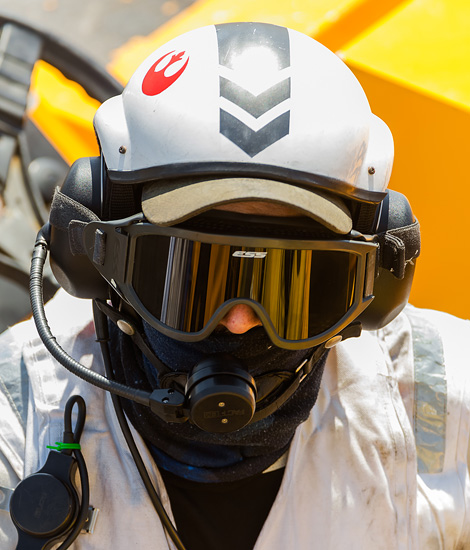
|
Rafale Marine Ops at Sea; Charles de Gaulle, March 25 & 26, 2019
Mission Clemenceau, part 4; Text and Photograph's: Alex van Noye & Joris van Boven
Preparations for Mission Clemenceau have started months before the cruise was started. The fighter pilots of the 12 Flottille and the 17 Flottille have taken part in exercises during the preparation and have again achieved their deck landing qualifications. They are ready for deployment after two months of preparation.
Lieutenant Benoit "Tonic" is a pilot on the Rafale at the 17 Flottille. The lieutenant has made a total of 500 flying hours, of which he has flown 150 on the Rafale Marine. Tonic is still a young pilot who is fully in his operational training. He currently only has twenty launches from the Charles de Gaulle (CdG) to his name. For Lieutenant Benoit, it is his first cruise with the French aircraft carrier. He is experiencing this as very exciting and has to get used to life at sea. He himself says that he will work it out and that it is a matter of adaptation. Tonic mainly focuses on his missions that he will fly with the Rafale. Including the warm up exercise, the lieutenant will sail the entire five months on the current CdG cruise. Tonic is not yet an operational pilot due to its low experience. For now, he will mainly fly training missions to become a better Rafale pilot. For Benoit personally, the entire cruise will consist of training missions. The intention is that he will enter the next cruise as an operational Rafale pilot. To become combat ready, Benoit must go through three stages as a Rafale pilot. In the first step he will have to qualify as a wingman of an experienced pilot. The next phase will qualify to lead the section of two planes in a formation of four. In the final phase, Tonic will act as a division leader. His first challenge is to become combat ready as a wing man in the formation. Whether Tonic will reach the other phases in the short term is not clear, because the pilot mainly need to make flying hours to achieve this. As a combat-ready wing man, the lieutenant will above all have to show that he is able to follow the leader and follow his instructions during a mission.
The 17 Flottille to which Tonic is assigned was only converted to the Rafale as the last unit last year. Until the end of 2016, the 17 Flottille was operational with the Dassault Super Etendard. This aircraft is now completely replaced by the Rafale in the French Navy. It is not only for Tonic the first carrier cruise on the Rafale. His squadron is also currently undergoing its first voyage as a Rafale Flottille. The 17 Flottille currently
|
|
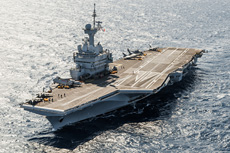
|
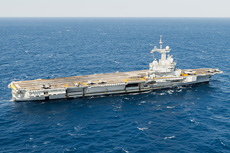
|
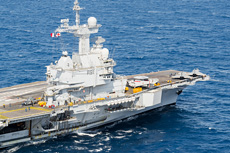
|
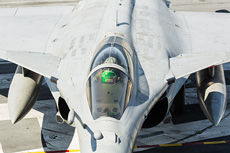
|
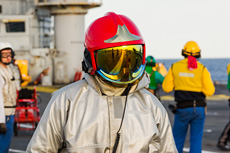
|
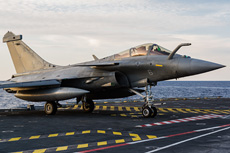
|
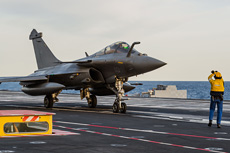
|
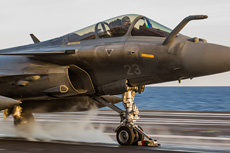
|
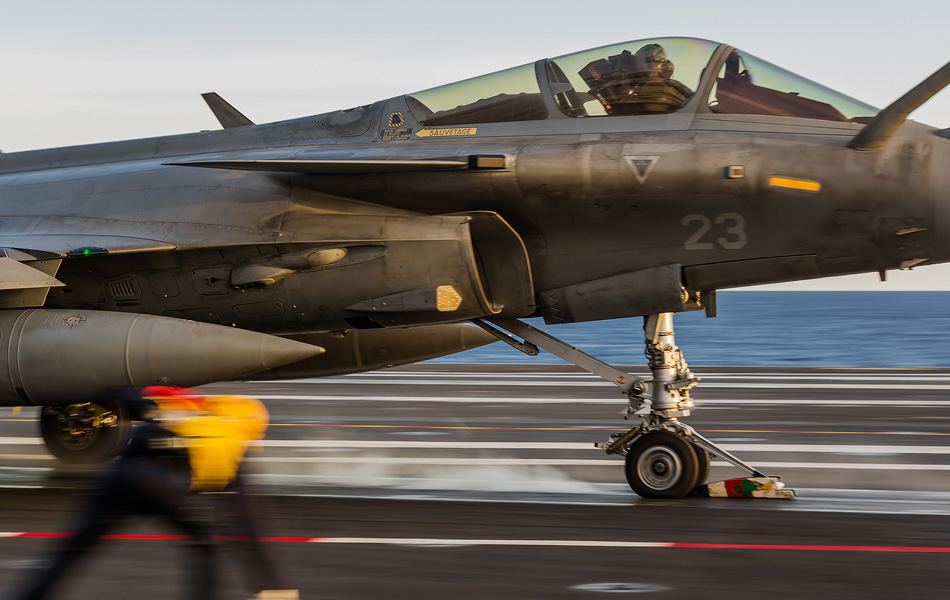
|
consists of fifteen pilots aboard the CdG. The unit consists of thirteen experienced pilots and only two young inexperienced pilots, of which Tonic is one. Before the unit comes on board, the pilots undergo a preparation training. This consists of simulated deck landings at airfields on land. The training program in preparation for the cruise started two months before the deployment to the CdG. The simulated deck landings were trained at Lorient/Lann-Bihoué and at Landivisiau. “During this training we will work with the Landing Signal Officers who supervise the landing from the back of the ship. These officers are here to guide the landing on the carrier safely”. They are able to command the pilot at any time to abort the landing. When the CdG returned to the ocean for the first time in November, the pilots qualified to land on a deck. In total, the pilots have to make six times a successful landing on the deck before they can start the cruise, according to Benoit.
During the warm up training Tonic also trained with combat aircraft from the Italian Navy. During this training the pilots of the 17 Flottille conducted dog fights against the fighters of the Italians. His personal experience with these dog fights are very positive. Tonic says he found it very instructive to spar against an aircraft such as the AV-8B Harrier II. This aircraft has totally different characteristics than most other combat aircraft which usually appear on exercises. Although the Rafale is a superior fighter compared to the Harrier, Tonic had a hard time against the experienced pilots of the Italians. This phase was the last in work-up to the cruise which is now being sailed. After this training, 17 Flottille and 12 Flottille were deployed during the campaigns against Daesh/IS as part of Operation Chammal. Currently, operational missions are flown daily in Syria. According to Benoit, these missions are only flown by experienced pilots who have many flight hours of experience. During the cruise Benoit will train with the partners of France. For example, there are exercises on the program with the air force and Navy of Egypt, India and Singapore. The lieutenant expects them to train there in air battles against each other and anti-surface missions. Like France, Egypt has been a Rafale user for several years. It seems Benoit very interesting to be able to practice against these aircraft. Whether or not the Egyptian Rafales will participate in the exercise with Egypt is not yet known according to the young Lieutenant.
Tonic personally thinks the Rafale is a fantastic plane to fly. The lieutenant indicates that he cannot indicate what the difference is with aircraft such as the Gripen or the Eurofighter. Personally, he finds the Rafale a very pleasant aircraft to land on a ship despite the complex systems. He indicates that he therefore has a lot of time left to do other things such as studying the targets and collecting Intel during the flights. Benoit does indicate that the complex information flows which he receives in the Rafale are a heavy mental burden for the pilot, because he has to do everything alone in the cockpit. One of the systems that relieves a lot of stress for the pilot is the automatic throttle in the Rafale when landing on a carrier. The power of the Rafale is controlled completely automatically and the computer automatically keeps the aircraft at an angle of attack of 16 degrees before landing. The only thing the pilot has to do is steer and follow the correct glide path. During the landing, Tonic focused on both the lights on the ship (The Ball) and the instruments in his Rafale. It is really multitasking and a clear and concentrated mind is needed during this type of action. Especially the famous night landings on the deck of the CdG can be a real challenge in difficult weather conditions. Personally, Tonic believes it will take approximately forty to fifty flight hours to be fully deployable on the Rafale. His personal goal is to achieve fully employable status as a wingman by participating in the various exercises. Benoit is really looking forward to going through life as a Rafale pilot in the Navy.
|
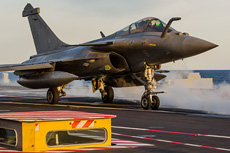
|
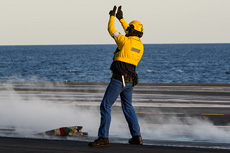
|
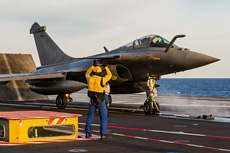
|
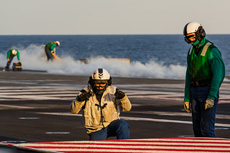
|
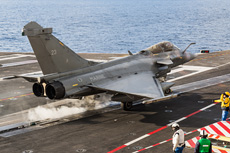
|
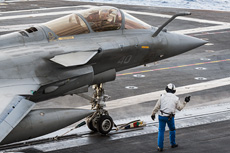
|
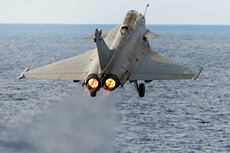
|
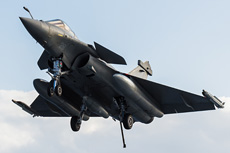
|
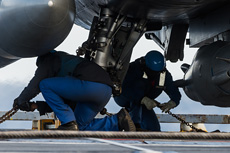
|
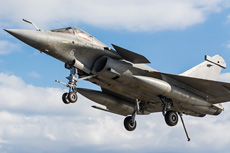
|
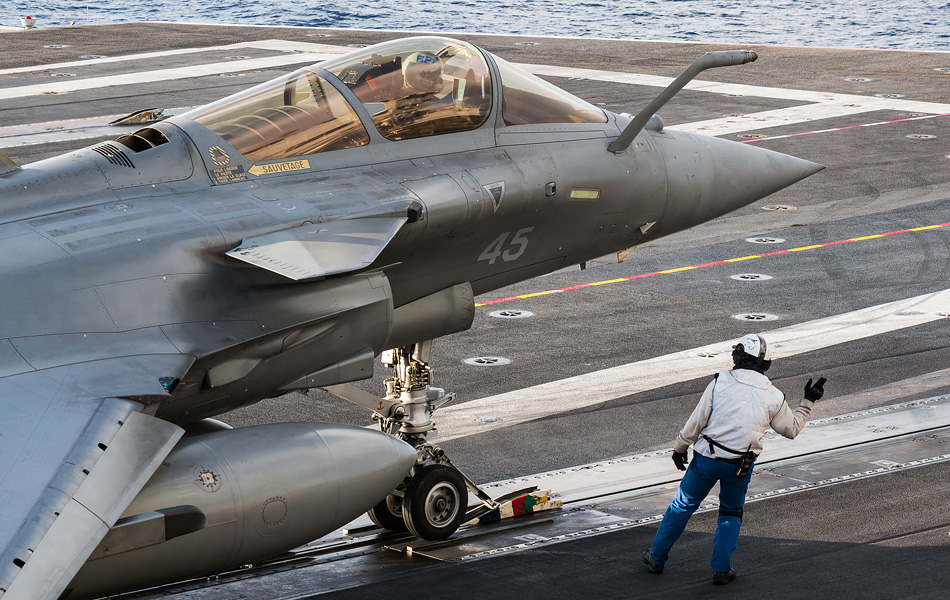
|
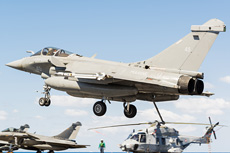
|
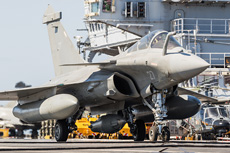
|
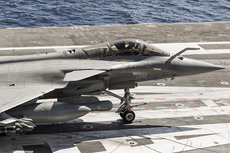
|
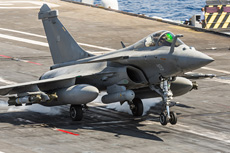
|
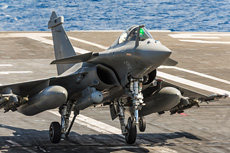
|
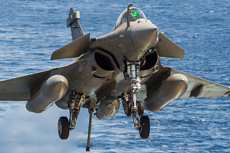
|
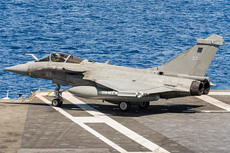
|
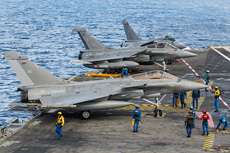
|
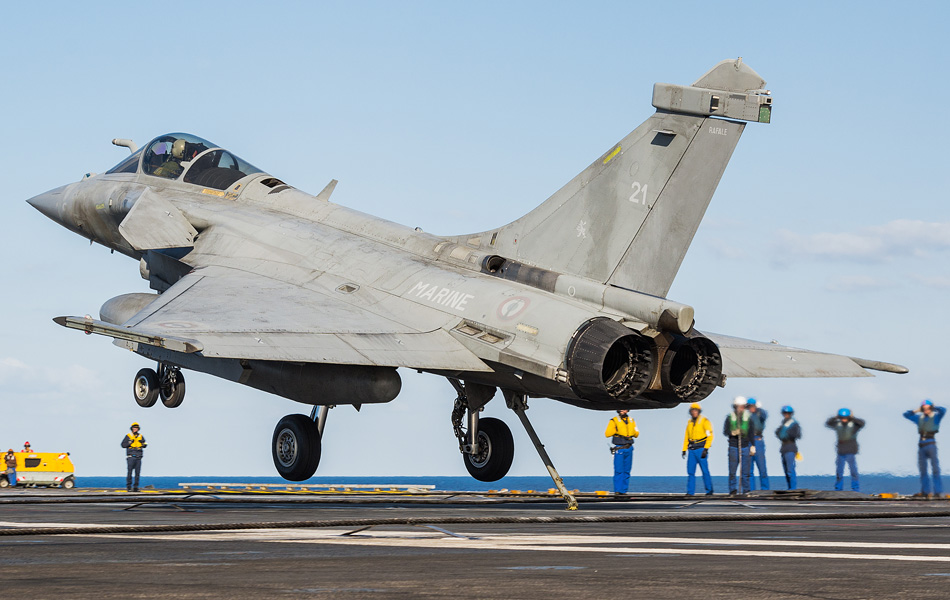
|
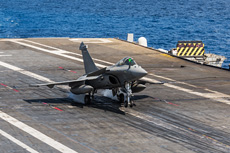
|
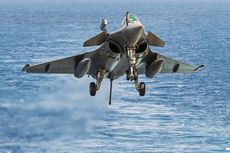
|
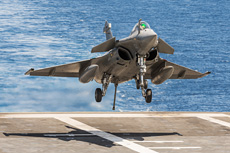
|
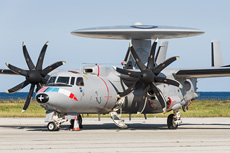
|
|
|

|







